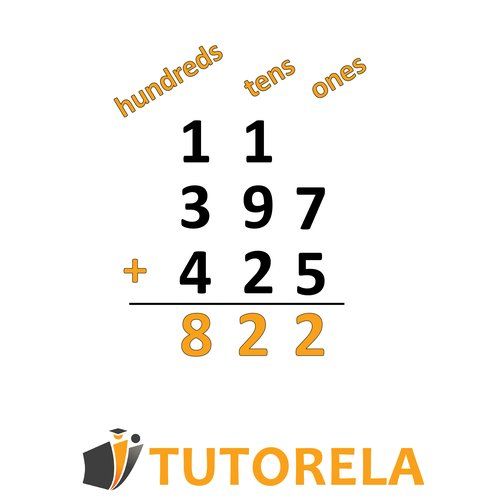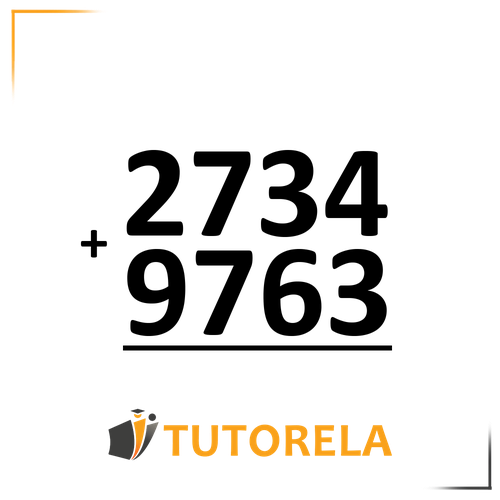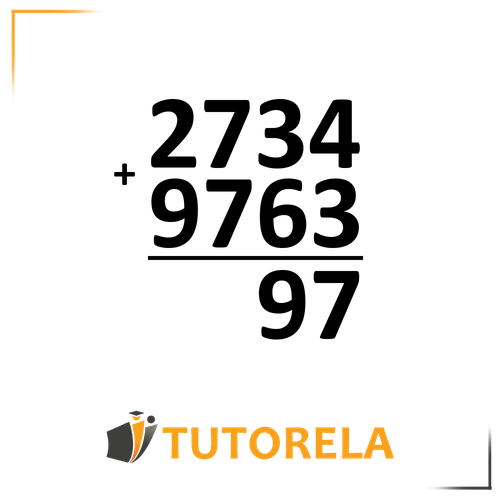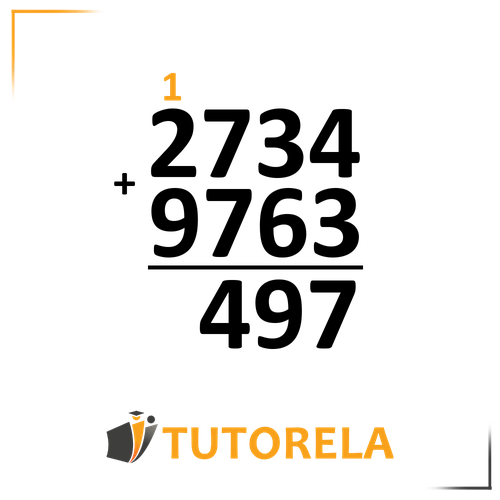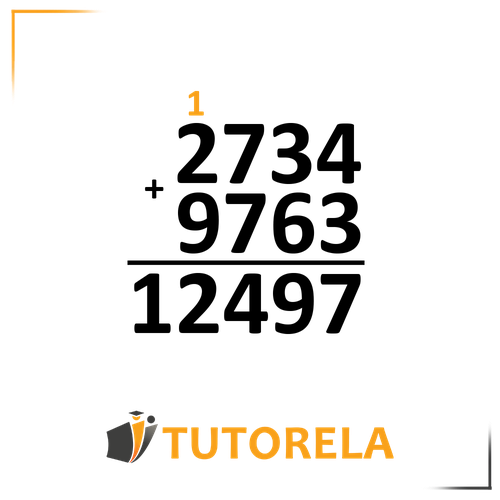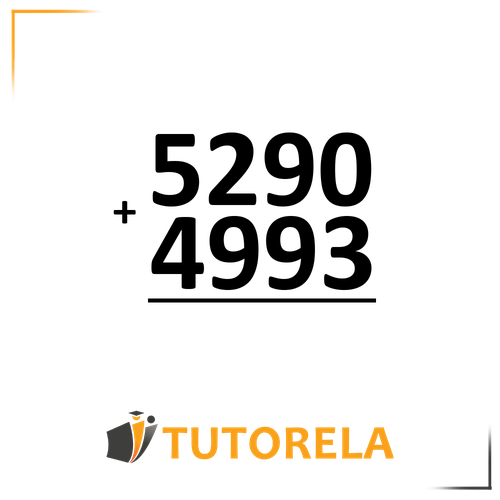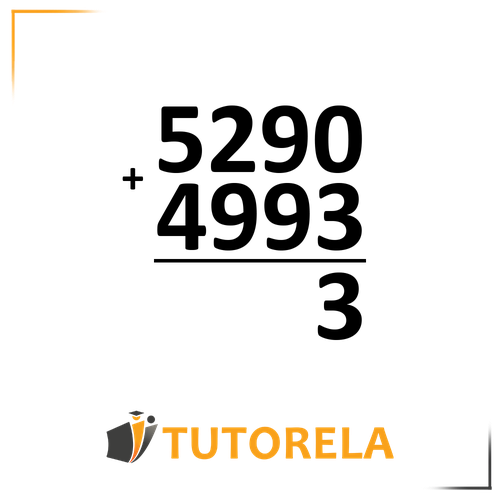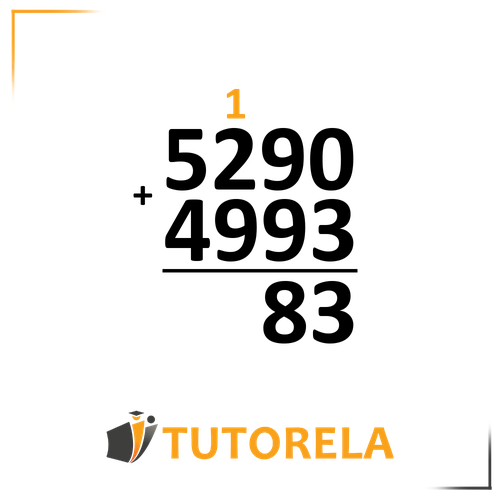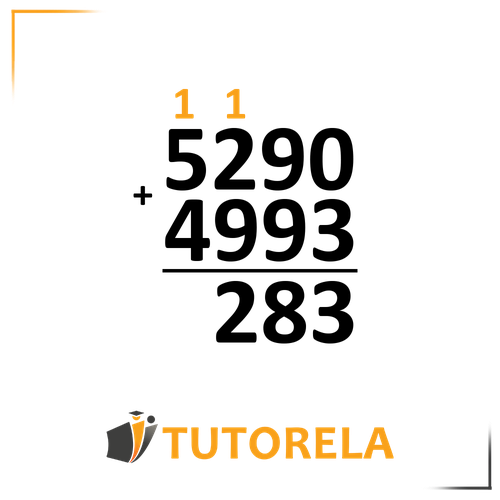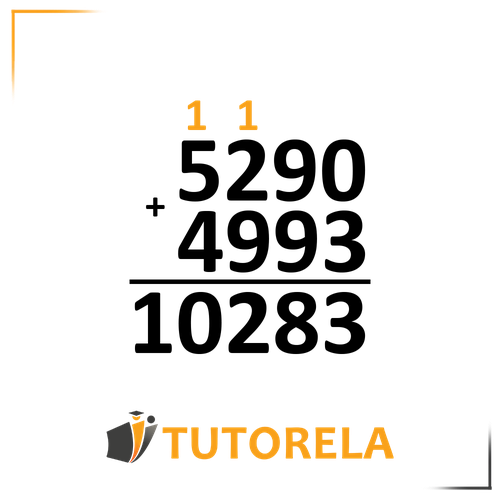+90 9776
To solve this addition problem, follow these steps:
- Step 1: Align the numbers vertically. We have the numbers 90 and 9.
- Step 2: Write them down with equal alignment such that their units digits are aligned:
+90 9
- Step 3: Begin by adding the rightmost column (units column): 0+9=9. Write 9 in the units place below the line.
- Step 4: Move to the left column (tens column). Add: 9+0=9.
- Step 5: Write 9 in the tens place below the line.
This gives us the complete sum:
+ 90999
Therefore, the sum of 90 and 9 is 99.
Referring to the multiple-choice answers provided, the correct choice is \textbf{choice 4: 99}.
